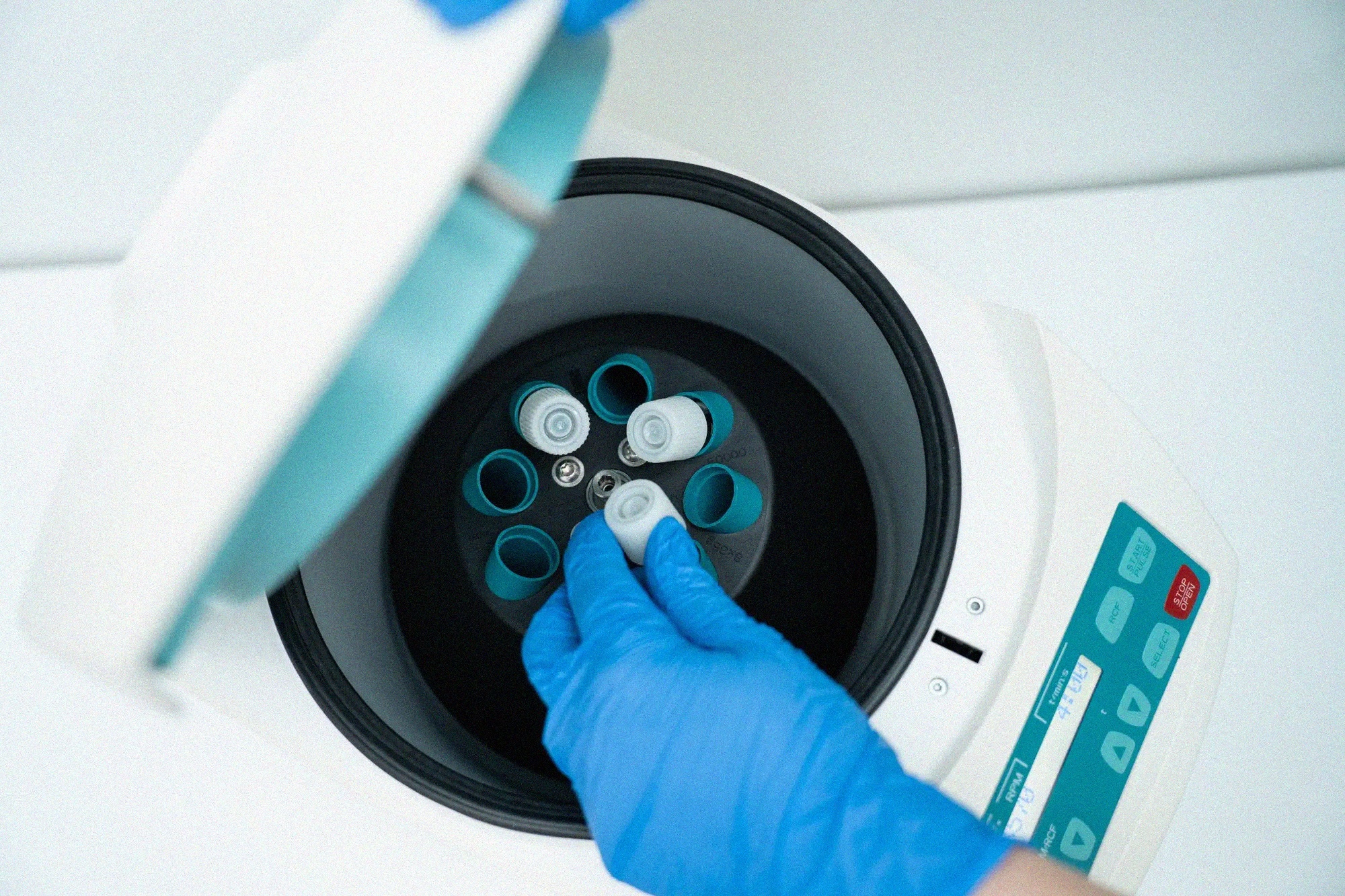Related articles

Preimplantation Genetic Testing (PGT): What It Is, Who Should Consider It, and What to Expect
If you're navigating IVF, you've probably heard about PGT testing—and maybe heard a lot of conflicting information. Is it necessary? Is it safe? Is it worth the extra $2,000 to $6,000 per cycle? These are exactly the questions you should be asking. Here, we cover what PGT is, who it's for, and what the results really mean so you can make an informed decision about your own treatment.

Sunfish and Ivy Fertility Expand Partnership to Deliver Greater Financial Support and Access for Fertility Patients
Sunfish will also extend its Sunfish Cares initiative to give additional financial assistance to patients through year-end, offering at least $1,000 towards each patient's fertility treatment

Male Factor Infertility: Understanding Causes, Treatment, and How to Move Forward
Infertility discussions are often focused on women, but the fact is that it takes two to tango (or, at least, to make an embryo). Male factor infertility accounts for a significant portion of infertility cases, and it deserves the same attention, care, and compassion we give to any fertility challenge.



